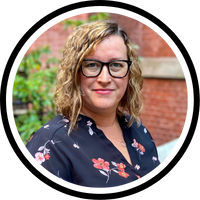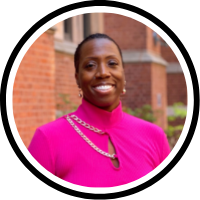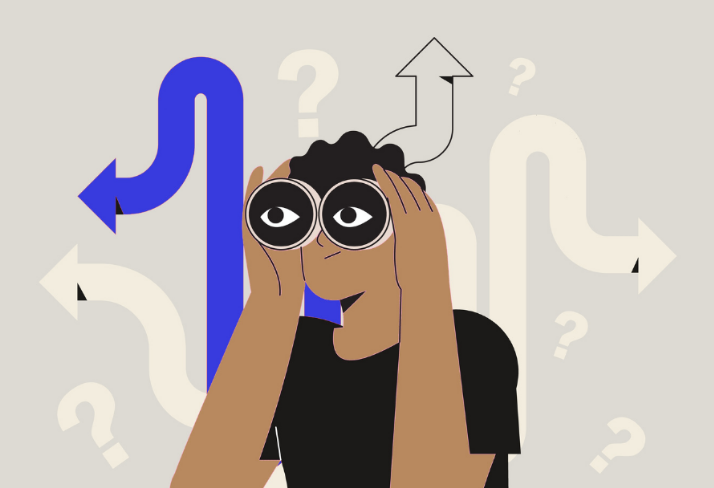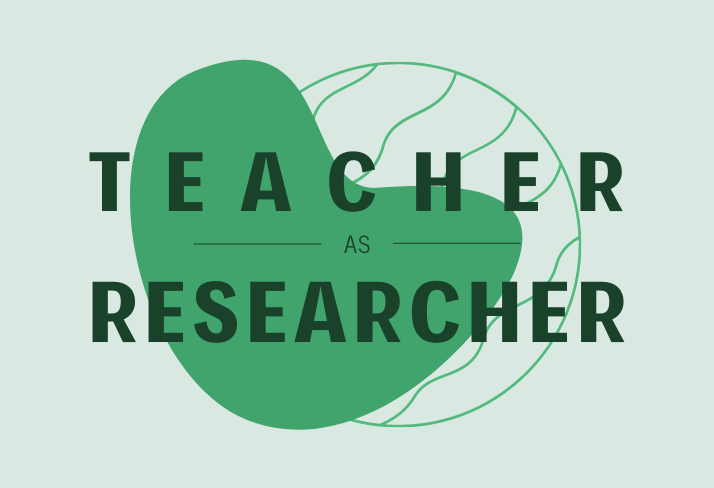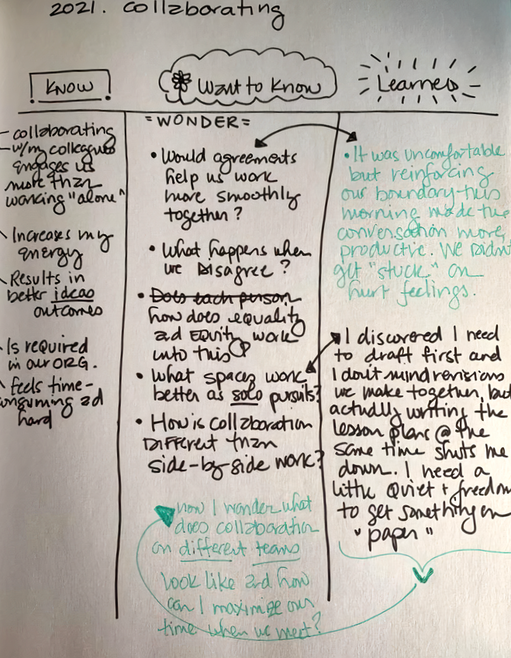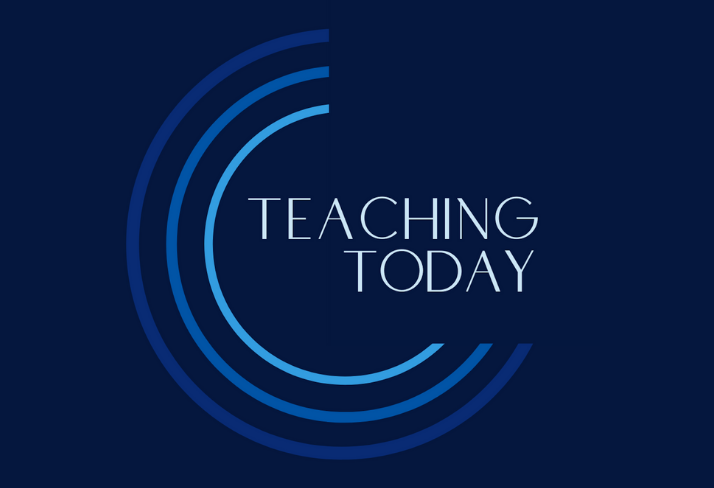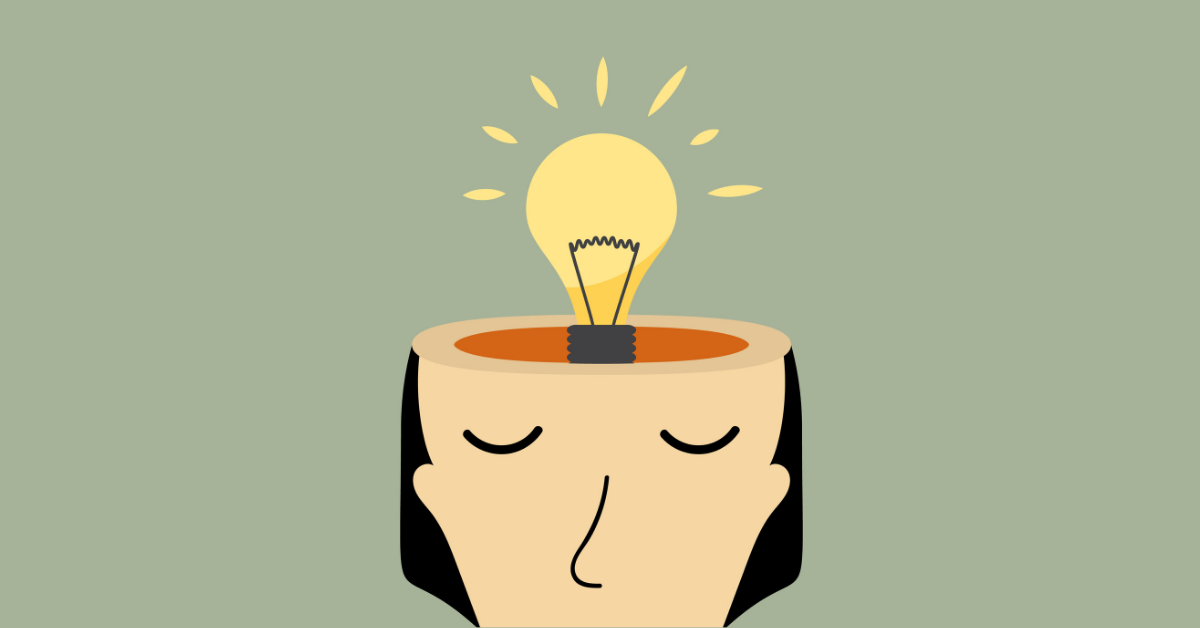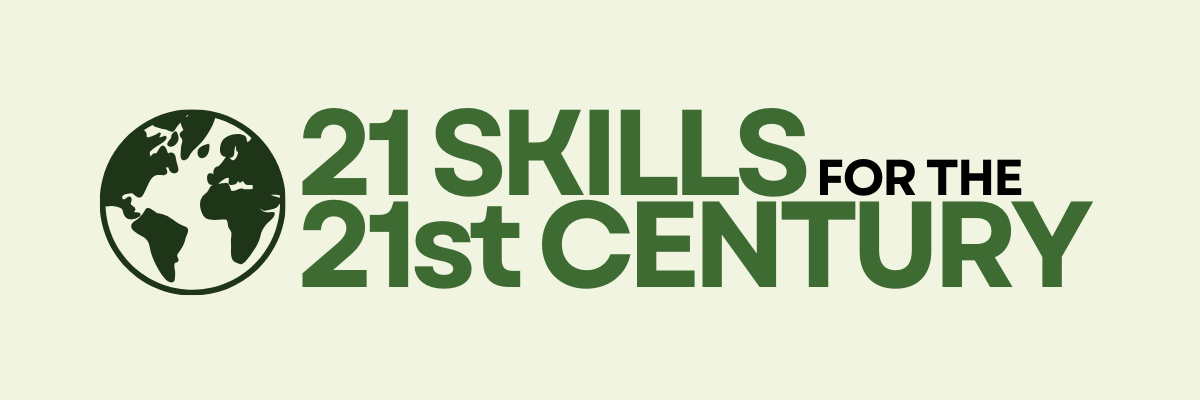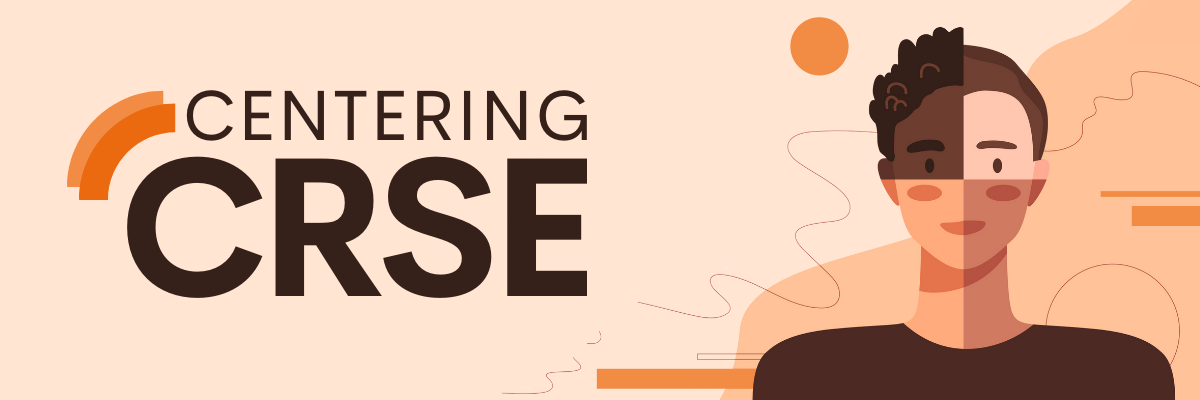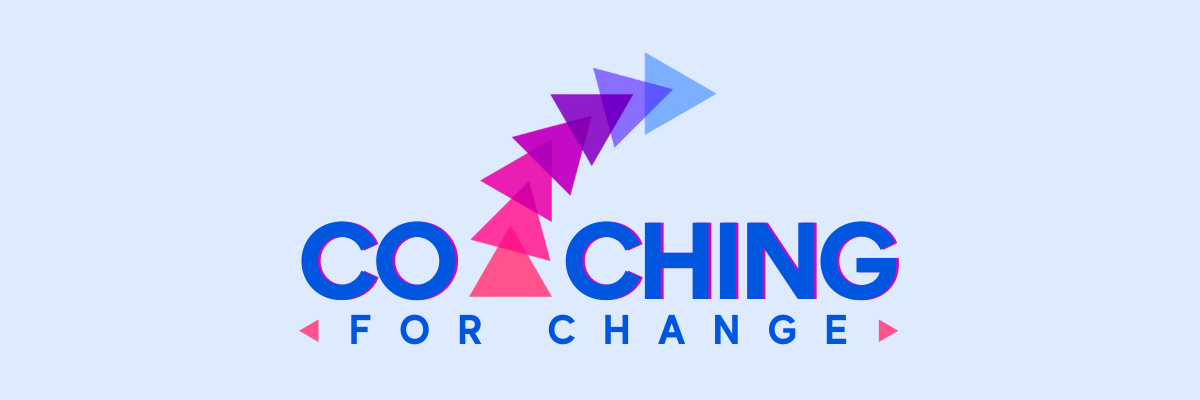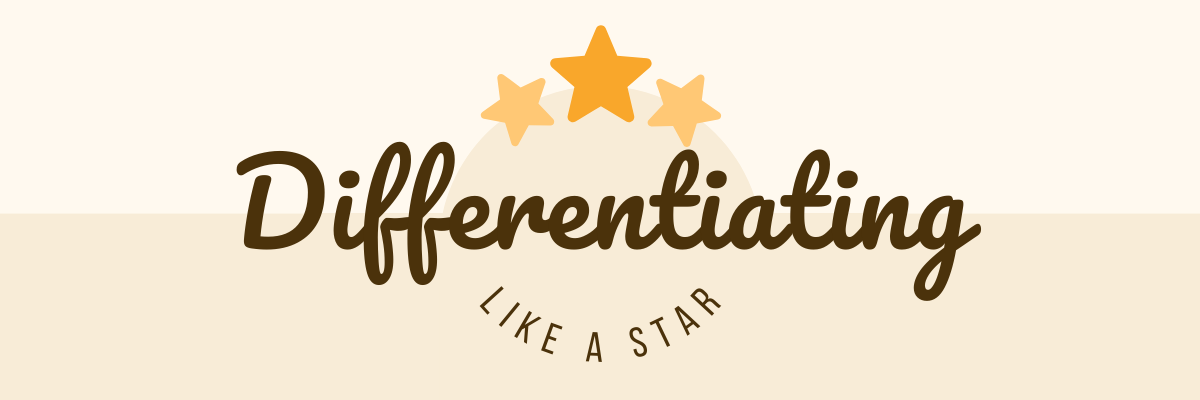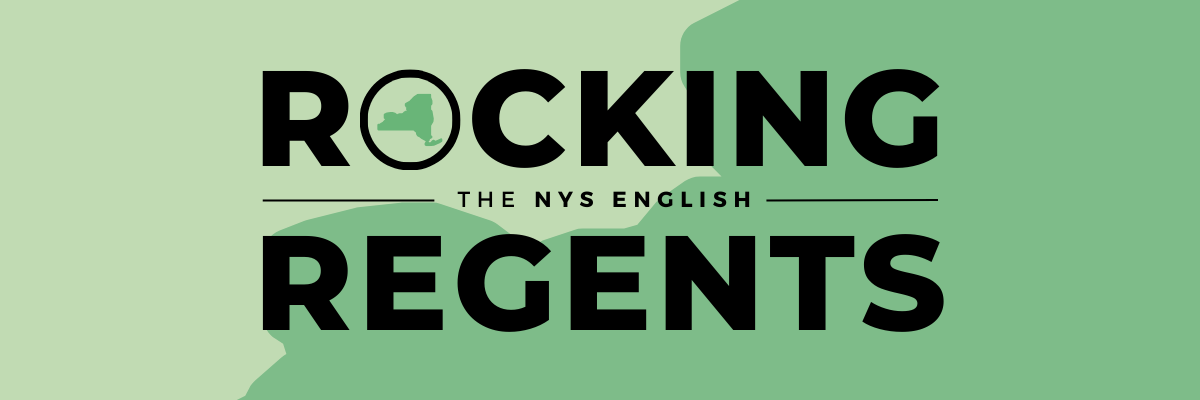|
Prompt new perspectives for the year ahead using one simple sentence.
Any way you look at it, the last two years have been very different from anything most of us have experienced, upending the way we teach, the way we live, and the ways in which students learn. These years have revealed vulnerabilities, punctuated inequities, and surfaced extraordinary human resourcefulness and potential. Many of the decisions made within this time will have long-term consequences for the future of education, and we are likely years away from understanding the full social-emotional impact for teachers and students.
Before going any further, we have to give a huge shoutout to all the teachers, school leaders, parents, extended family members, and friends who continue to contribute time, patience, perseverance, and ingenuity as they help children learn. We have been navigating uncharted territory for an extended period of time, and in the face of numerous challenges, you have continued, time and again, to step up in support of students.
Prompting new perspectives
As we come to the close of another school year, we’re at a natural checkpoint for reflection where we can consider the year’s successes and missteps, and think deeply about how our experiences this year can inform our actions in the next. Whether or not you have been practicing regular reflection this year, it’s never too late to start! One of our favorite ways to check in after a meaningful experience is to use the prompt: I used to think, but now. This exercise provides an opportunity to reflect back on where you started — whether that’s at the beginning of the school year, the semester, or any marker of time that’s relevant to you — and evaluate how your thinking has changed since that time. Your responses might look something like this:
Because critical reflection is, well, critical, you can also use this sentence starter to reflect on work/life balance as you think through ways to find space for self-care, create time for outside interests, or unpack personal challenges. I used to think, but now is powerful because it challenges us to identify a point in our lives where we’ve changed our minds or had new learning, but haven’t yet explored or processed this transformation. By spending even just a few minutes responding to this prompt, we can make our realizations concrete and explicit — and that will help us to internalize these life lessons for the future. This is also a great strategy to share with other adults on teacher teams, or with students. Even young learners can follow along to reflect on what they’re learning and how their perceptions are changing throughout the year. Take this practice one step further by asking yourself how your shifted understandings or beliefs will impact your practice in the coming year. What will you do differently in the future? (We call this one, “I used to think, but now…and so…?”)
Reflection is an ongoing process — we continue to learn lessons each year because we are different, our students are different, and the world around us is different. Finding moments to reflect on all we’ve learned and reset our expectations for the future is crucial in order to meet ourselves and our students in the current moment.
Tell us in the comments: how would you respond to I used to think, but now?
Tap into critical reflection and unpack professional challenges.
As you continue to adapt your instruction, challenges and pain points are inevitable — but with change comes opportunity.
Before deciding how to tackle a professional challenge before you, you'll first want to determine the root cause of your problem, and your ultimate leverage area. Using our 5 Whys protocol, we can tap into critical reflection and dig below the surface to identify factors within your sphere of influence that are contributing to the challenge you're facing, and bring pathways for change into focus. Let's see what happens if we use the 5 Whys to unpack the challenge of students struggling on state tests: Students are struggling on state tests. Why? Because the tests are long and students get tired. Why? Because students struggle with test-taking stamina. Why? Because they get tired and bored, and it's difficult for them to retain focus. Why? Because the texts or tasks are complex and they struggle to comprehend them. Why? Because they struggle with assessment literacy and text types, or question styles become difficult for them to read. Notice how, when forced to keep our responses within the realm of our influence, we can drill down to some concrete areas of focus. Although we may not be able to solve all struggles related to state tests, we can identify leverage areas that will help us to reframe our challenge and feel empowered to take action.
To access additional free K-12 resources from our team, please visit our Resources page.
Engage in reflection, gain self-awareness, and pinpoint an area you want to develop further.
Our personal and professional lives collided during the distance learning, work from home reality these past months. We’ve lost some spaces to breath and decompress. The drive between our classroom and our own front door has been replaced, if we’re lucky, with a one-minute walk from desk to couch. If we’re even luckier, perhaps we can get in a 20-minute walk before we take care of our personal responsibilities, including managing distance learning for our own children. Gone are train rides home when we could people watch and listen to playlists or podcasts, shifting our focus out of problem-solving, answering and asking questions, grading and planning.
Perhaps you, like me, have searched for ways to create more space, and you’ve added a new practice or two to your routine, like taking scheduled walks, meditating before class, keeping a journal, or adding breathwork before dinner. Maybe the ideas you’ve uncovered don’t seem to integrate into your professional life. Sure, they’re great if you have all the time and space to engage in them, but let’s be honest — there seems to be even less time for that elusive self-care now that work days stretch from dawn until well past dark. Reading article after article on how to manage stress may have resulted in a lot of ideas, but little implementation. That’s normal. We all need support to take our next steps, and starting with the smallest thing could make the biggest difference.
K - W - L
As we move deeper into the year, we might look to practices that feel more authentic to our teaching selves. Using a familiar tool can provide a valuable structure, bridging the best of our personal pursuits with our professional realities. We may be familiar with K-W-L (Know - Want to Know - Learned), a reading strategy which serves as a self-propelling guide for students as they read through a text. Students begin by charting everything they know about a topic in the K column. They move on to generating questions about what they want to know about the topic. During and after reading, students document what they have learned. We can chart what we know, want to know, and have learned about anything at all, including our own professional development and the self-care habits we need to keep going strong. This process draws on our own prior knowledge, sets a purpose for our routines, reveals obstacles, and documents our progress, giving us the opportunity to both plan for our success and to celebrate steps we take along the way. Below is my K-W-L example, which is focused on collaboration, because that is an area I want to develop in my professional life during 2021. My “texts” are a combination of reading and action. In one case, I was having trouble maintaining my boundaries with colleagues. I read an article that felt more personal in nature than professional, but when I took action to make self-care a priority, (#7 in the article) I found myself carrying over some practices into my professional life. I began to honor my own feelings instead of pushing them aside in deference to others. My feelings were signaling when my boundaries were crossed, and I could then address that within myself and with my colleagues.
Identifying your how
What it seems we have more than enough of is access to ideas on what to do, like this idea about using a K-W-L in a new way, but we’re short on the how. My how emerged out of my needs and came out in three steps:
Simple supports
Even when we know the how, we also need support. Support can come in many different forms. Consider a few of the following simple ways to create support for yourself:
Using a K-W-L structure is one way to engage in reflection, gain self-awareness, and pinpoint an area you want to develop further. Returning to the "L" column can help you feel a sense of accomplishment, or at least identify a new place to begin work. Whether you want to chart about any of the hundreds of self-care options out there or you want to chart your progress toward specific teaching goals, by using K-W-L as a way to drive inquiry, we can uncover some answers, more questions, and plenty of celebration on the small and large steps we are taking as we continue adjusting to the next normal.
Three simple ways to incorporate critical reflection into your practice.
When designing professional development projects, we’re constantly examining how our promising practices can be solidified as we support educators. Through this examination, we’ve come to identify five principles of practice: Communities of practice, Contextualized practice, Critical reflection, Cultivating strengths, and Cycles of inquiry. As part of our series investigating each of these principles, let’s dig deeper into critical reflection. (You can see previous entries in this series here.)
Critical reflection includes meta-cognition, self-awareness, and considering multiple viewpoints — features which result in reflective action. Individuals who are able to reflect critically on their experiences are better positioned to learn from their successes and missteps so that they can be constantly improving their practice. The basic principles of critical reflection are all the more relevant today as we live in this fast-paced world, and we include opportunities for personal, professional, and peer-to-peer reflection in all of our workshop experiences.
What can reflection look like?
A cornerstone of CPET conferences and institutes, critical reflection helps us begin each Chancellor’s Day with time, space, and guidance that positions teachers as experts who can articulate the needs and desired outcomes for their learning.
Getting started: three ways to incorporate reflection
Reflection recipes Teaching is like cooking: both an art and a science. Invite participants to reflect by making a list of ingredients from their year. Turn the ingredients from a list into a reflection recipe. What do they notice? What happens when they add a creative element to their practical list? Participants share their recipes, draw connections between experiences, and consider how they gain perspective on their school year as a result of this reflection. Reflection inventory Not all participants will be into the touchy-feely-artsy reflection. For those folks, we include a teaching career inventory as a means for reflection. Using a timeline template, participants review what they’ve taught over their experience as a teacher, what education they have pursued themselves, and their goals, and then consider next steps for their future as an educator. Teachers may want to sit in subject area groups to bounce ideas off one another. Reading reflection Following a period of research or reading, utilize our What, So What, Now What resource to help jumpstart your reflective process:
|
|
The Center for Professional Education of Teachers (CPET) at Teachers College, Columbia University is committed to making excellent and equitable education accessible worldwide. CPET unites theory and practice to promote transformational change. We design innovative projects, cultivate sustainable partnerships, and conduct research through direct and online services to youth and educators. Grounded in adult learning theories, our six core principles structure our customized approach and expand the capacities of educators around the world.
|
ABOUT US
525 West 120th Street, Box 182 New York, NY 10027 416 Zankel Ph: (212) 678-3161 cpet@tc.edu Our Team Career Opportunities |
RESOURCES
Professional Articles Ready-to-Use Resources Teaching Today Podcast Upcoming PD Opportunities |
COACHING SERVICES
Custom Coaching Global Learning Alliance Literacy Unbound New Teacher Network Student Press Initiative |


